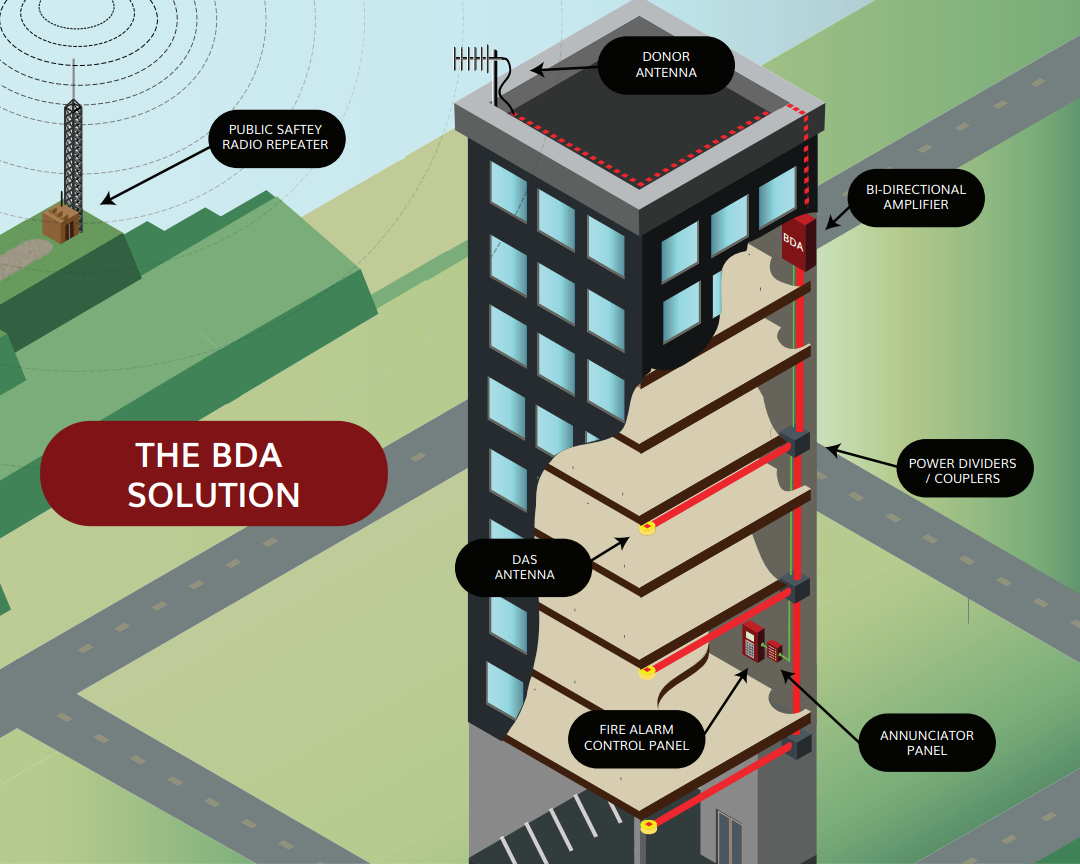Things To Know About Bi-Directional Amplifier Testing

Bi-directional amplifier testing is a critical process for ensuring that public safety communication systems work reliably inside buildings, especially during emergencies. BDAs are designed to amplify and distribute radio signals between emergency responders and the outside world. Their proper operation can be the difference between life and death in a crisis. Thorough testing and regular maintenance are essential to meet both regulatory standards and performance expectations. Coastal Empire Fire & Security offers bi-directional amplifier testing in Spartanburg, SC, Atlanta, GA, Savannah, GA, Jacksonville, Augusta, GA, North Charleston and surrounding areas.
- One of the most important things to know is that BDA systems must comply with codes such as NFPA 72, NFPA 1221 (now part of NFPA 1225), and the International Fire Code (IFC). These codes mandate minimum signal strength thresholds (typically -95 dBm) throughout 95–99% of the building, depending on its use and occupancy. Testing must confirm that these thresholds are consistently met in all critical areas, including stairwells, basements, and elevator shafts.
- Signal strength testing should include both uplink (from radio to tower) and downlink (from tower to radio) paths. Specialized equipment is used to conduct a grid test throughout the building, measuring signal quality in each section. The results determine whether the BDA is working effectively or if additional antennas, power adjustments, or shielding are needed.
- Isolation between the BDA’s donor antenna (outside) and service antennas (inside) is another crucial factor. Poor isolation can cause oscillation and system interference. Proper gain settings and filters must be verified during testing to prevent feedback.
- Battery backup functionality is also tested to ensure communication remains uninterrupted during power outages. Many jurisdictions require BDAs to have 12 or 24 hours of standby power.
- Finally, BDA systems must be tested annually and re-certified by a qualified technician or FCC-licensed professional. Documentation of testing, results, and any corrective actions must be kept on file for inspections and audits.
We’d love to hear from you— call or email us to discuss!
